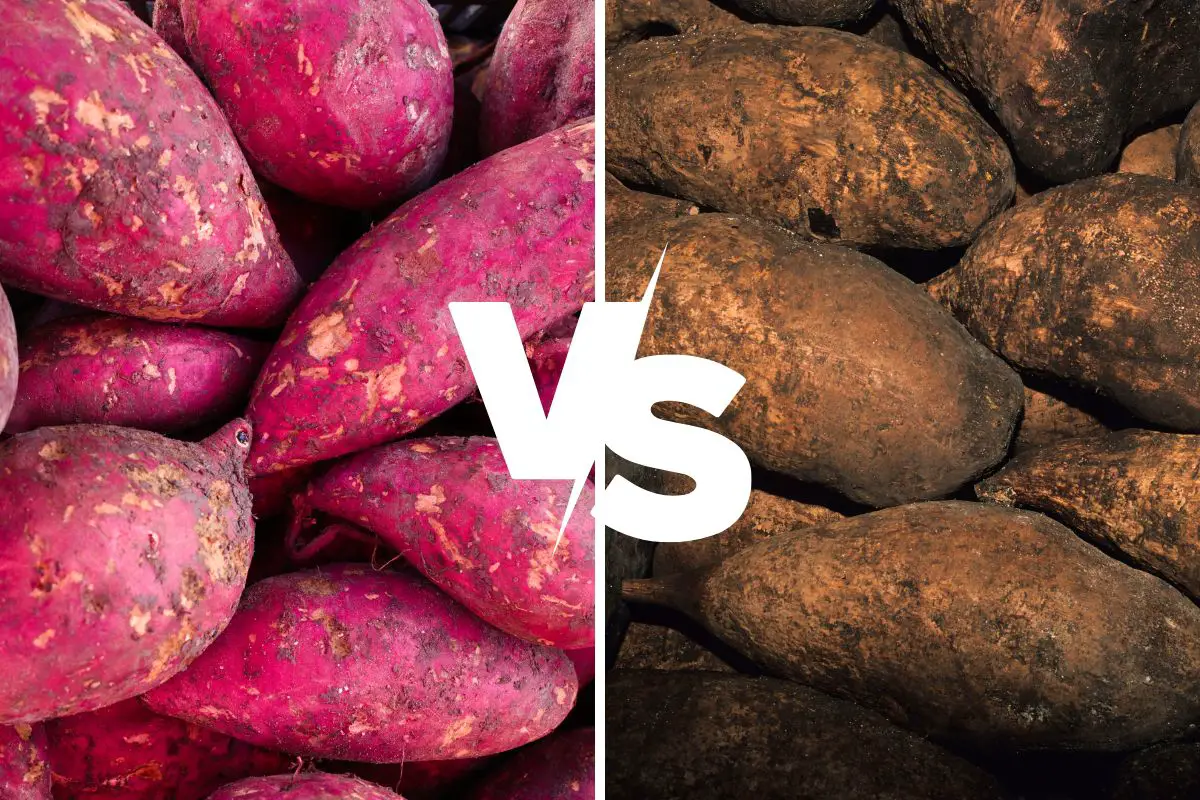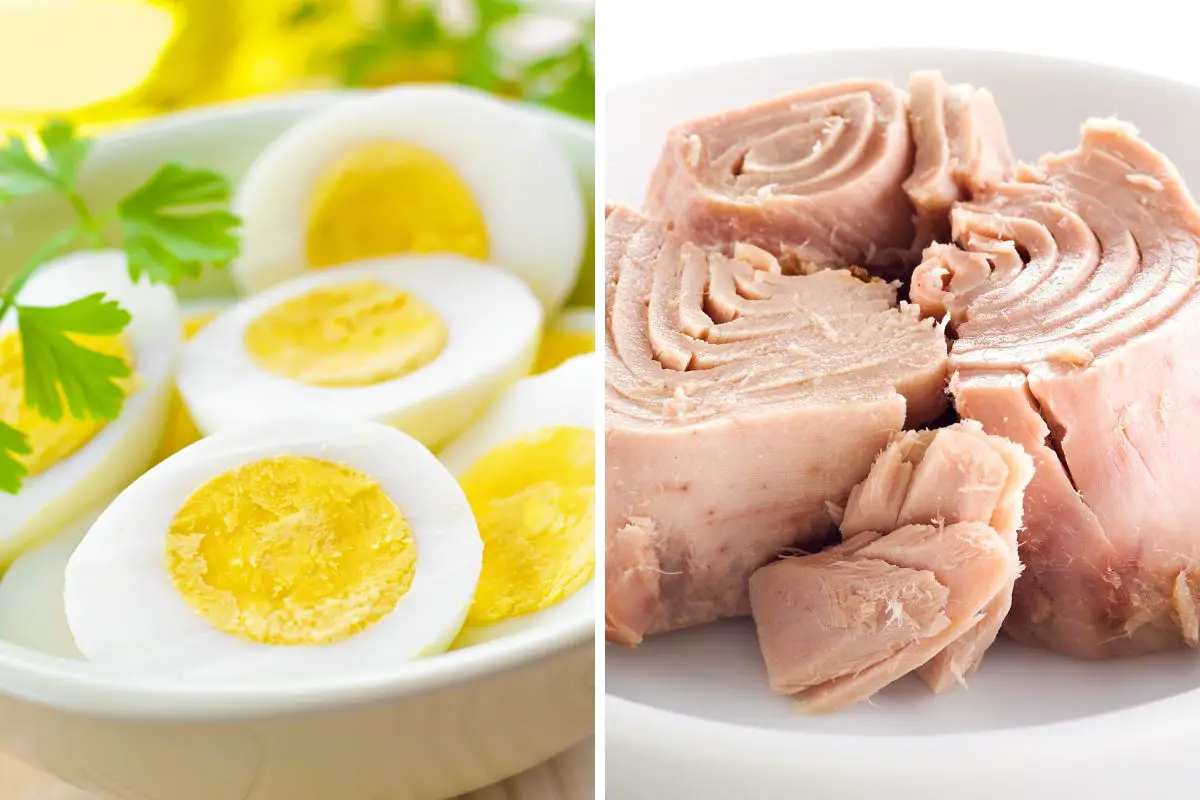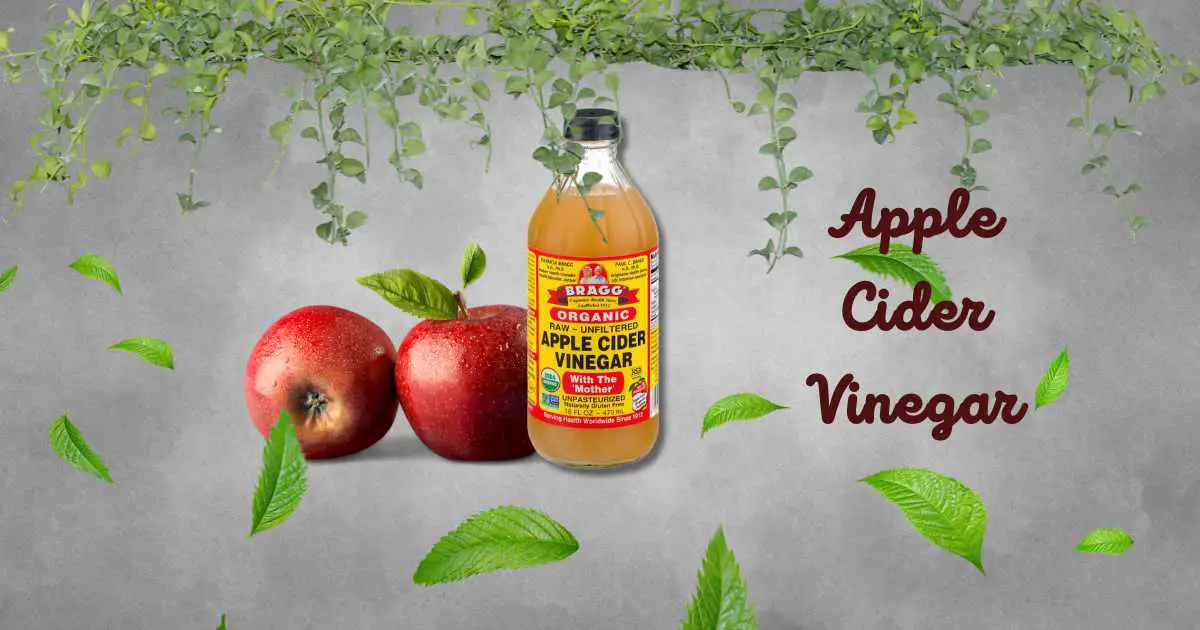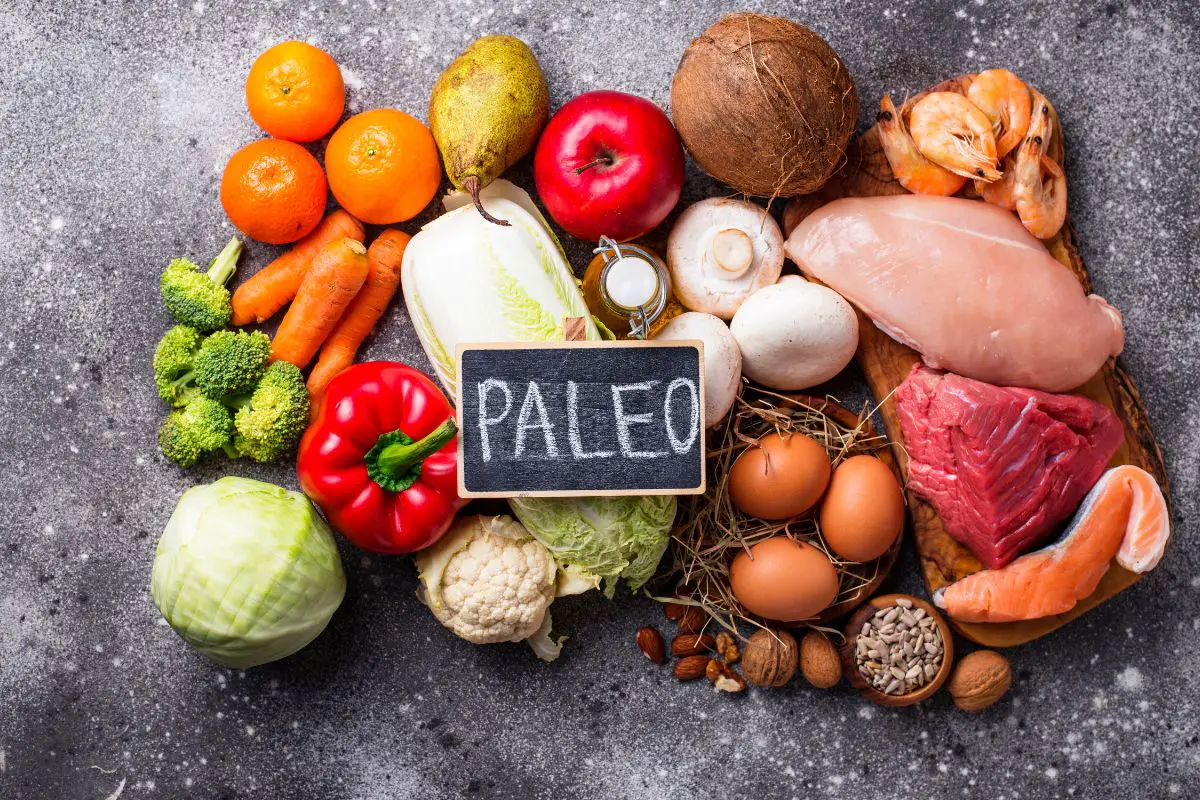Sweet Potato Vs Yam Nutrition & Benefits: 2 Incredible Foods

About
In the discussion of sweet potato vs yam nutrition, there is a consensus among nutritionists about both foods as the healthy source of carbohydrates after intensive training or when carb cycling.
Although yams and sweet potatoes share some similarities when it comes to their uses, there is one clear difference.
In this article, sweet potato vs yam nutrition, you will find out the major difference between the two and which tuber is better for what.
Sweet Potato Vs Yam Nutrition: Difference?
Most of us have never eaten an actual yam. However, many of us have bought yams that are sweet potatoes, especially in English-speaking countries.
Why?
The reason for the confusion is marketing. In the 20th century, orange pulped sweet potatoes were introduced to the US as yams. Reason to do so was to differentiate between the local sweet potatoes and the newly imported tubes.
If we look at the sweet potato vs yam nutrition in detail, it becomes clear that there are clear differences between the two plants.
What is a Sweet Potato?
The biological name of sweet potatoes is Ipomoea batatas. It belongs to the botanical family of Convolvulaceae. Therefore biologically, the sweet potato is not a potato. Contrary to popular belief, it does not belong to the botanical family of potatoes.
Nonetheless, both families are broadly related, belonging to the order Solanales, or Solanales.
The root vegetables typically have brown or reddish skin with a starchy interior that is orange. However, there are also varieties whose interiors can be white or purple.
The White Sweet Potato
Although the orange yam is more common, you can recognize the white sweet potato by its light brown skin and slightly yellow interior. It’s only slightly sweet but still has a creamy consistency.
The Orange Sweet Potato
Orange on the inside and reddish-brownish-orange on the outside, this is the sweet potato as we know it.
Since this sweet potato is colloquially referred to as “yams” in the USA, many confusions arise, although there is a considerable difference when comparing sweet potato vs yam nutrition.
For this reason, yams are usually mistranslated into the German language as sweet potatoes.
In addition, they are sweeter than the classic white sweet potatoes and are now available on almost every corner.
Purple Okinawa Sweet Potato
Now we come to the Asian market. While the outside is whiter, Okinawa sweet potatoes are bright purple on the inside.
Blackberries, for example, get their violet color from anthocyanins. These are color pigments that are said to have an antioxidant effect.
According to studies, purple sweet potatoes have stronger and, above all, more stable anthocyanins than berries (Fan-Chiang et al. 2022).
Though they’re just as creamy in texture as orange sweet potatoes, they’re even sweeter than that relative.

Japanese Sweet Potato or Satsumaimo
The satsumaimo is also called the Japanese sweet potato. Its characteristics are exactly the opposite of the purple sweet potato: while the skin is purple, the inside is yellow.
What distinguishes this sweet potato is its enormous sweetness. When you caramelize satsumaimo in the oven, it tastes extra sweet. The inside turns golden yellow when you bake them. That is why it is often used in desserts.
What is a Yam?
In drawing a comparison between sweet potato vs yam nutrition, yams or Dioscorea belong to the yam family or Dioscoreaceae, which are mainly distributed in the tropics.
They are therefore more closely related to lilies and grasses, for example. Their skin is rougher and more bark-like than that of a sweet potato. Also, yams are usually white or yellowish on the inside, rather than orange.
The word “Yam” has roots from Spanish word of “name” and Africal word, “nyam”.
Consequently, the root is a popular ingredient in Africa, the Caribbean, but also in Asia. Sometimes it takes on the position of staple food, such as potatoes in some countries.
Because in comparison of sweet potato vs yam nutrition, sweet potatoes are usually common and are thought to be more nutritious, which is why yams are usually sold in international grocery stores only.
Because the interior of yams is less moist, they require more fat to be processed similarly to soft and creamy sweet potatoes.
They are also less sweet than their orange counterparts. Nonetheless, yams exist in just as great a variety.
African White and Yellow Yams
This is the real yam, of which there are over 200 varieties. Traditional preparation takes many forms, but the most common method is peeling and cooking or mashing.
Although we can only see the white yam in selected stores, it is found as a staple food in many parts of Africa.
The flesh of the classic variety is white to yellowish.
Purple Water Yams
Originally cultivated in Southeast Asia, the purple yam is the most common variety today. So, it is probably the counterpart to the Okinawa sweet potato and comparable when discussing sweet potato vs yam nutrition.
Although grown in Africa, Asia, the Pacific Islands, and the Caribbean, it has also made its way into the southern United States.
Water yams can be recognized by their purple interior. The outer skin is also purple to brownish.

Chinese Yams
Like water yams, Chinese yams have also made their way to the West. Originally it was grown in China, Japan, and Korea.
After being preserved in a vinegar solution to render the oxalates, it is the only species that can be eaten raw, making it different in comparison to sweet potato vs yam nutrition.
Similar to the African variety, the Chinese yam is white to yellowish on the inside. In contrast to the conventional tuber, however, its skin is golden yellow.
Sweet Potato Vs Yam Nutrition and Appearance: Similarities
Basically, sweet potatoes and yams have a similar texture and consistency. For this reason, both tubers can be prepared in many ways. For example, they can be boiled, baked, steamed, roasted, or fried.
In explaining sweet potato vs yam nutrition, the number of allergens is minimum in both. Therefore, they are not only good for allergy sufferers but generally healthy for intestinal flora.
One reason for this is the lack of a form of plant toxin that particularly affects the gut.
No Lectins
The fact that both yams and sweet potatoes are not members of either the nightshade or cucurbit family gives the tubers a shared advantage.
They are low in lectins.
Lectins are sticky proteins that plants use to protect themselves from predators. Although there are many different types of gluten, most people are only familiar with gluten.
While lectins can paralyze parasites, the effects on the human body are not immediately noticeable.
Still, studies show that these plant toxins cause us long-term harm.
Therefore, some of the most significant dangers of lectins to human health (Haupt-Jorgensen et al. 2018; Dalla Pellegrina et al. 2009; Kamikubo et al. 2008):
- Damage to the intestinal wall (“Leaky Gut Syndrome”)
- The transport of pathogens from the intestine into the blood and to organs.
- Promoting insulin resistance and weight gain.
In discussing sweet potato vs yam nutrition, both make the difference here. Both tubers may be therefore considered to be healthy sources of carbohydrates.
Because of this and the lower net carbohydrate content, the sweet potato is superior to the conventional potato, even though the latter contains more resistant starch.
Resistant Strength
Also, where sweet potatoes and yams show no difference is in the type of carbohydrates they have stored.
Like the fat pad in humans, tuber starch is a long-term energy store formed in connection with photosynthesis. Chemically, starch is a polysaccharide.
While conventional starch, such as bread, pasta, or muesli, is quickly digested by the body, this is different from resistant starch (Birt et al. 2013).
As the name suggests, resistant starch is resistant in a sense, to digestion. Because these carbohydrates are resistant to enzyme breakdown in the small intestine, they are considered prebiotics that carries potential health benefits.
Biologically, gut microbes of the large intestine first ferment the resistant starch and metabolize them into short-chain fatty acids and other metabolites. This positively affects gut health.
The amount and type of carbohydrates that reach the large intestine influence the composition of the microbiome (Maier et al. 2017).
Although research on resistant starch is still immature, it is said to have the following health benefits:
- Lower blood sugar and insulin response.
- Decreased triglyceride concentration.
- Improved insulin sensitivity.
- Increased saturation.
- Decreased fat storage.
According to the researchers, the metabolism of short-chain fatty acids in particular is responsible for possible positive effects (Higgins 2004).
Against this background, yams are supposedly the better choice as they contain more resistant starch than conventional and sweet potatoes (Birt et al. 2013).
Sweet Potato Vs Yam Nutrition and Appearance: Main Differences
- The first major difference between sweet potatoes and yams is that they come from different botanical families.
- In addition, there are differences in the preparation of the two elongated roots.
- Since sweet potatoes are readily available in most supermarkets, they are also used in several dishes that have become firmly established in western cuisine.
- Above all, it is often used to prepare sweet potato fries, an alternative to baked or mashed potatoes.
- In the USA, the tuber has also established itself as a sweet potato cake or sweet potato casserole. Nevertheless, they are mostly baked, pureed, roasted, or used in soups.
- In contrast, you will hardly find real yams in western supermarkets. Due to its long shelf life, however, it is a staple food in Africa.
- There the roots are usually boiled, roasted, or fried. In addition, yams are widespread in Africa as powder or flour.
- In this form, it is either processed into a kind of bread substitute or, like potato powder, into the puree.
We also see that it is not the same tuber when we compare the nutritional information.
Sweet Potato Vs Yam Nutrition
While sweet potatoes contain neither appreciable amounts of fat nor protein, they are over ¾ water.
What makes a difference with sweet potatoes is the preparation. Unlike raw tubers, baked sweet potatoes may contain more vitamin C.
Accordingly, 100 grams of sweet potatoes baked in their skins provides the following nutrient profile:
· Calories: 90
· Carbohydrates: 20.7 g
· Dietary fiber: 3.3 g
· Net Carbs: 17.4 g
· Vitamin A: 384%
· Vitamin C: 33%
· Pyridoxine (B6): 14%
· Potassium: 14%
· Manganese: 25%
In comparison, 100 grams of baked yams provide:
· Calories: 116
· Carbohydrates: 27.5 g
· Fiber: 3.9 g
· Net Carbs: 23.6 g
· Vitamin A: 2%
· Vitamin C: 20%
· B6 (pyridoxine): 11%
· Potassium: 19%
· Manganese: 19%
In the comparison of sweet potato vs yam nutrition, both roots score with the same micronutrients, but to different extents.
Vitamins and minerals that cannot cover 10% of the daily requirement for yams or sweet potatoes were deliberately not listed above.
Where there is a distinct difference between sweet potatoes and yams is in the vitamin A content. While baked yams can only cover 2% of the daily requirement, sweet potatoes impress at first glance with 384%.
However, this nutritional information has a catch. This is not retinol (vitamin A1), but provitamin A (beta-carotene).
If you consider that according to a study, on average less than 2.25% or 0.03% of the beta-carotene can be absorbed or converted into vitamin A, this advantage is put into perspective enormously (Hickenbottom et al. 2002).
The supposed 384% of the daily requirement becomes a negligible 0.11%. Nonetheless, both roots provide vitamin C, B6, potassium, and manganese that can improve the following functions (Holley et al. 2011; Parra et al. 2018; Zhu et al. 2009):
- Immune system
- Metabolism
- Bone density
Blood Sugar and Carbohydrates
In terms of calories and net carbs, the sweet potato performs slightly better than the yam. Nevertheless, both bulbs should be used for carb cycling rather than a keto diet. While both can be incorporated in a paleo diet plan.
Also, concerning blood sugar, it’s a good idea to boil both roots rather than baking or frying them.
While 100 grams of cooked sweet potatoes cause the same blood sugar spike as 11 grams of glucose, if baked it would be the equivalent of 42 grams of glucose.
This glycaemic index is 13 for cooked yams and about 28 for roasted yams.
Accordingly, in comparing sweet potato vs yam nutrition profile concerning carbohydrates, yam is only partially significant for diabetics or low-carb advocates.
Sweet Potato Vs Yam Nutrition: Health Benefits
The inside orange pulp of the sweet potato is an indication of its health potential. Sweet potatoes are full of carotenoids.
On the one hand, this means that the beta-carotene in the orange pulp can boost the production of vitamin A, even if this effect is often negligible (Lin et al. 2000).
On the other hand, the carotenoids, in combination with the antioxidants in the sweet potato, have an effect that could reduce the risk of cancer and cardiovascular diseases (Hou 2003).
The purple Okinawa sweet potato is considered to be the tuber with the highest concentration of antioxidants (Li et al. 2019).
In addition, studies indicate that sweet potatoes may improve glucose and lipid metabolism in people with insulin resistance and type 2 diabetes (Ludvik et al. 2008; Kusano et al. 2000).
In understanding the sweet potato vs yam nutrition and benefits, the health effects of yams have not been studied to the same extent.
Nevertheless, some studies deal in particular with the effect on women after menopause.
Researchers concluded that this effect could reduce the risk of cancer and cardiovascular disease (Wu et al. 2005).
In addition, another study looked at the effect of yam root extract against unpleasant symptoms of menopause. It turned out that the yam extract was only able to alleviate the symptoms to a manageable extent, but did not cause any side effects (Komesaroff et al. 2001).
For this reason, yams could represent a natural alternative to hormone therapy. Interestingly, according to current studies, the extract of the Chinese yam in particular can cause estrogen-like effects and could play a further role (Zeng et al. 2018).
On the other hand, the yam also seems to have a positive effect on memory function. According to a Japanese study that administered yam extract with olive oil to volunteers between the ages of 20 and 81.
While causing no side effects, the yam extract was successful in improving the participant’s cognitive thinking ability (Tohda et al. 2017).

FAQs: Sweet Potato Vs Yam Nutrition
Sweet potato vs yam nutrition, which is healthier?
While sweet potatoes have a slightly better nutritional profile, yams contain more resistant starch. In short, both tubers are about equally healthy.
Why do some call sweet potatoes yams?
The confusion stems from the labeling of the orange sweet potato as yams when it was launched in the US. The different names were intended to clearly distinguish them from the traditional white sweet potato.
Can you replace sweet potatoes with yams?
You can substitute yams for sweet potatoes as they have a similar texture. African yams are just not quite as creamy, which is why they require more fat to be cooked.
Summary
Although sometimes thought of as similar foods, sweet potatoes and yams are different plants. The bottom line, however, is that both are healthier carbohydrate sources than those that have become mainstream in the western diet.
In drawing the comparison of sweet potato vs yam nutrition, sweet potatoes are considered a post-workout food to replenish glycogen stores. Although less well known, yams can be a similarly good option.
On the one hand, yam impresses with its high proportion of resistant starch as food for intestinal bacteria. On the other hand, it contains more net carbs than sweet potato.
Accordingly, you can add variety to your plate with yams, provided you can get hold of them in organic or health food stores.

Hi, I am Humayun, I hold MS and PhD degrees in Chemical Sciences from Germany. Currently I am working as faculty at the Department of Chemistry, Food Science and Technology, at a Public Sector University. I have immense interest in the fields of Food Science and Sports Nutrition.






2 Comments